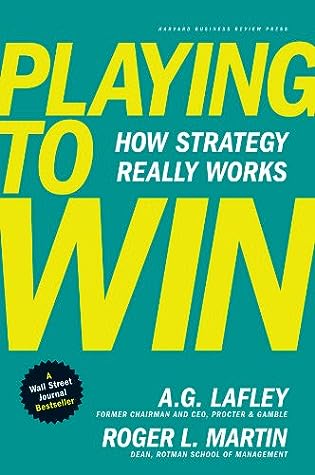More on this book
Community
Kindle Notes & Highlights
A too-modest aspiration is far more dangerous than a too-lofty one. Too many companies eventually die a death of modest aspirations.
In any conversation, organizational or otherwise, people tend to overuse one particular rhetorical tool at the expense of all the others. People’s default mode of communication tends to be advocacy—argumentation in favor or their own conclusions and theories, statements about the truth of their own point of view.
(what is your winning aspiration, where will you play, how will you win, what capabilities will you use, and what management systems will you employ?)
consider the real work of strategy as beginning with where to play and how to win—the very heart of strategy. These are the choices that actually define what you will do, and where you will do it, so as to generate competitive advantage.
Ultimately, there are four dimensions you need to think about to choose where to play and how to win: The industry. What is the structure of your industry and the attractiveness of its segments? Customers. What do your channel and end customers value? Relative position. How does your company fare, and how could it fare, relative to the competition? Competition. What will your competition do in reaction to your chosen course of action?
It’s not getting any easier to win in the real world. The new normal is, to borrow a phrase from the US military, a VUCA environment: volatile, uncertain, complex, and ambiguous. Growth is slowing, and the pace of change is increasing. As the world continues to globalize, companies face more competition for customers and consumers than ever before. Consumers are growing more demanding and more vocal, insisting upon better performance, quality, and service, all at a better price.
no strategy lasts forever. Strategies need continual improvement and updating.


